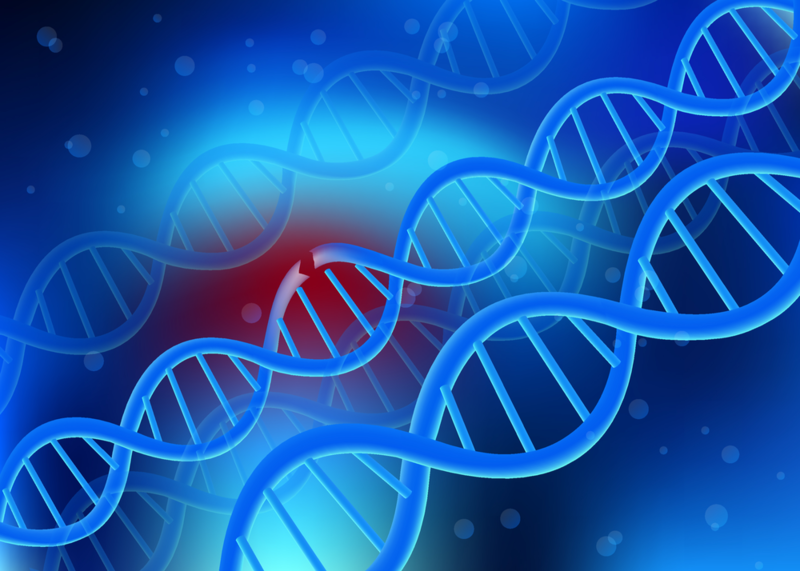New genetic disorder identified in patient
IANS Sep 24, 2018
In a first, US researchers have identified a new genetic disorder, which was previously described in animal models, in a human patient.

Researchers from the Michigan State University found that the disorder is caused by mutations in a gene known as ornithine decarboxylase 1 (ODC1). It is defined by a number of clinical features including large birth weight, enlarged head size, hair loss, reduced muscle strength, skin lesions, hearing loss and developmental delays.
"This remarkable case represents the first human example of a disorder that was described by researchers in a transgenic mouse model more than 20 years ago," said Andre Bachmann, Professor at the varsity. However, the disorder is, as of yet, unnamed, and its long-term effects, which include impacts on the neurological system, are not completely known.
The disorder was first identified on an 11-month-old baby girl in Michigan. In the study, published in the American Journal of Medical Genetics Part A, blood samples for testing were drawn at age 19 months and 32 months. Two developmentally normal, age/gender matched patients that were being sedated for outpatient same-day procedures served as controls.
Red blood cells obtained from the patient showed elevated ODC protein and polyamine levels compared to healthy controls. "The ODC1 gene plays an important role in a number of physiological and cell developmental processes including embryo and organ development," said Caleb Bupp, medical geneticist at Spectrum Health -- a US-based health care company.
The study also showed that the ODC inhibitor DFMO -- a water soluble -- and US Food Drug Administration (FDA)-approved drug may serve as a disease-modifying drug, and an early therapeutic trial in a new diagnosis may prevent some of the clinical symptoms.
DFMO has been used for many years in the treatment of trypanosomiasis -- a tropical disease transmitted by biting insects and more recently entered clinical trials for pediatric neuroblastoma and colon cancer. In mice, DFMO prevented hair loss and also partially restored hair growth and is considered a well-tolerated drug. The original ODC1 mouse model was developed by Thomas G. O'Brien in 1995 at the Lankenau Medical Research Centre in Pennsylvania.
-
Exclusive Write-ups & Webinars by KOLs
-
Daily Quiz by specialty
-
Paid Market Research Surveys
-
Case discussions, News & Journals' summaries